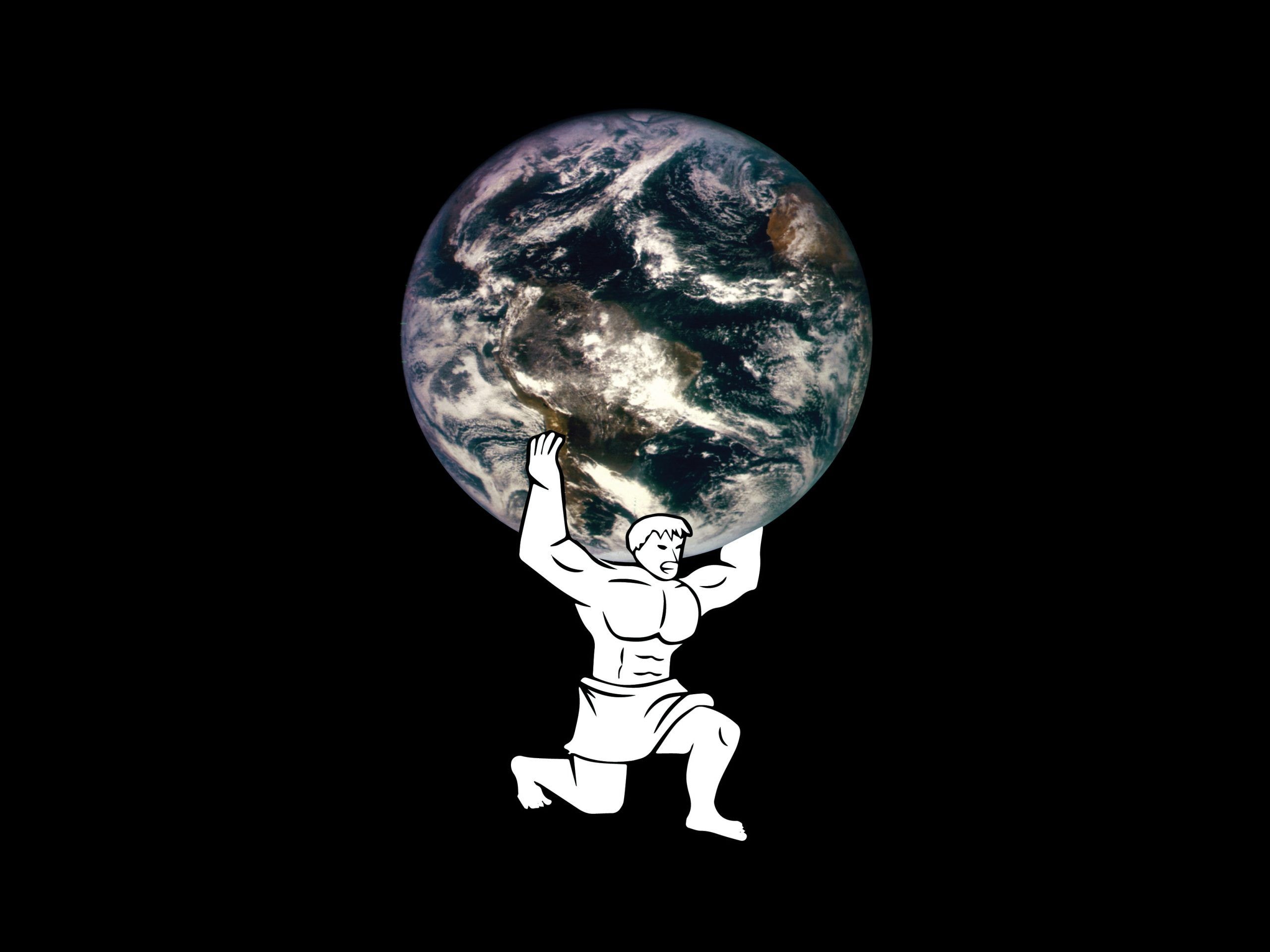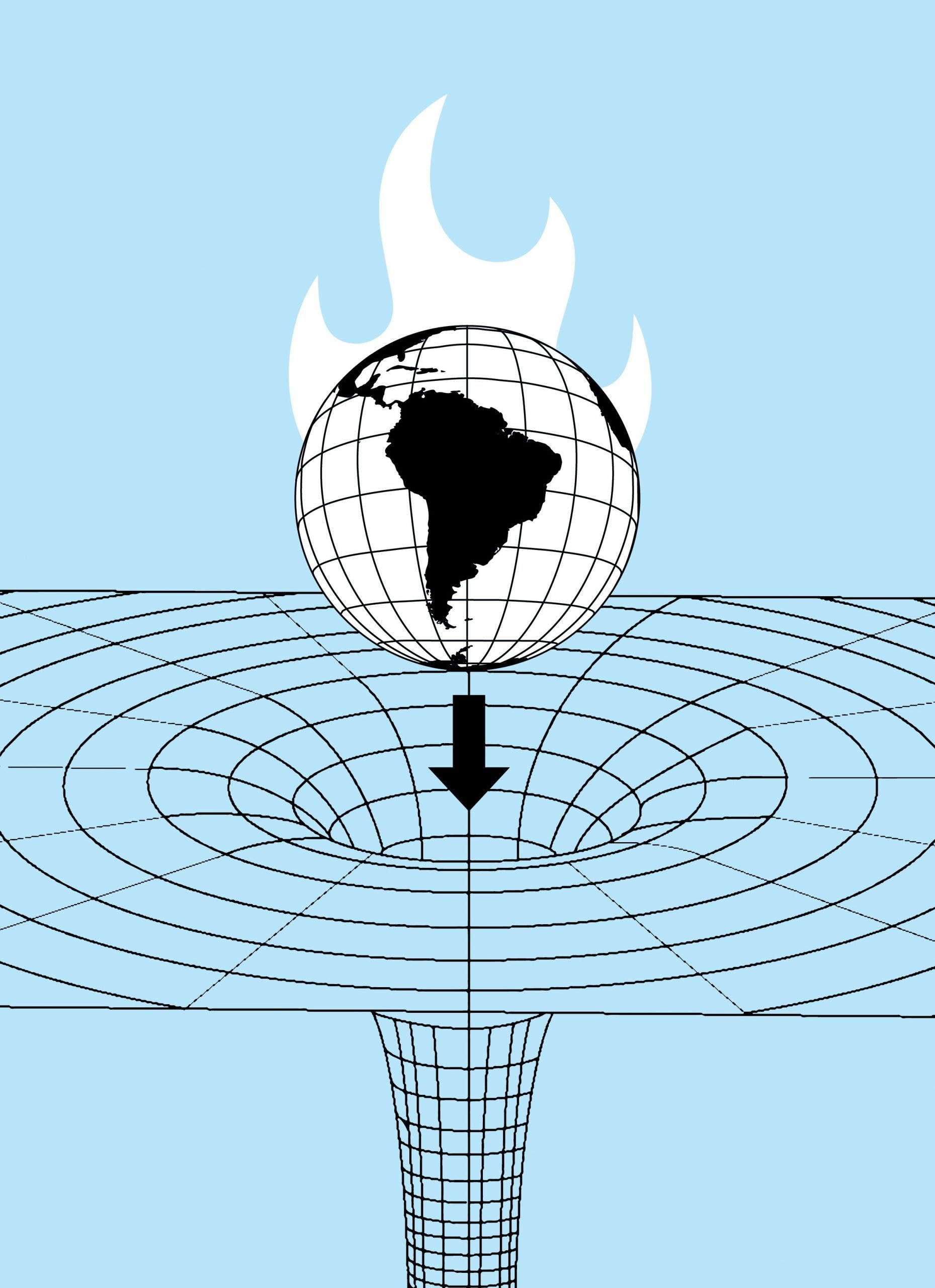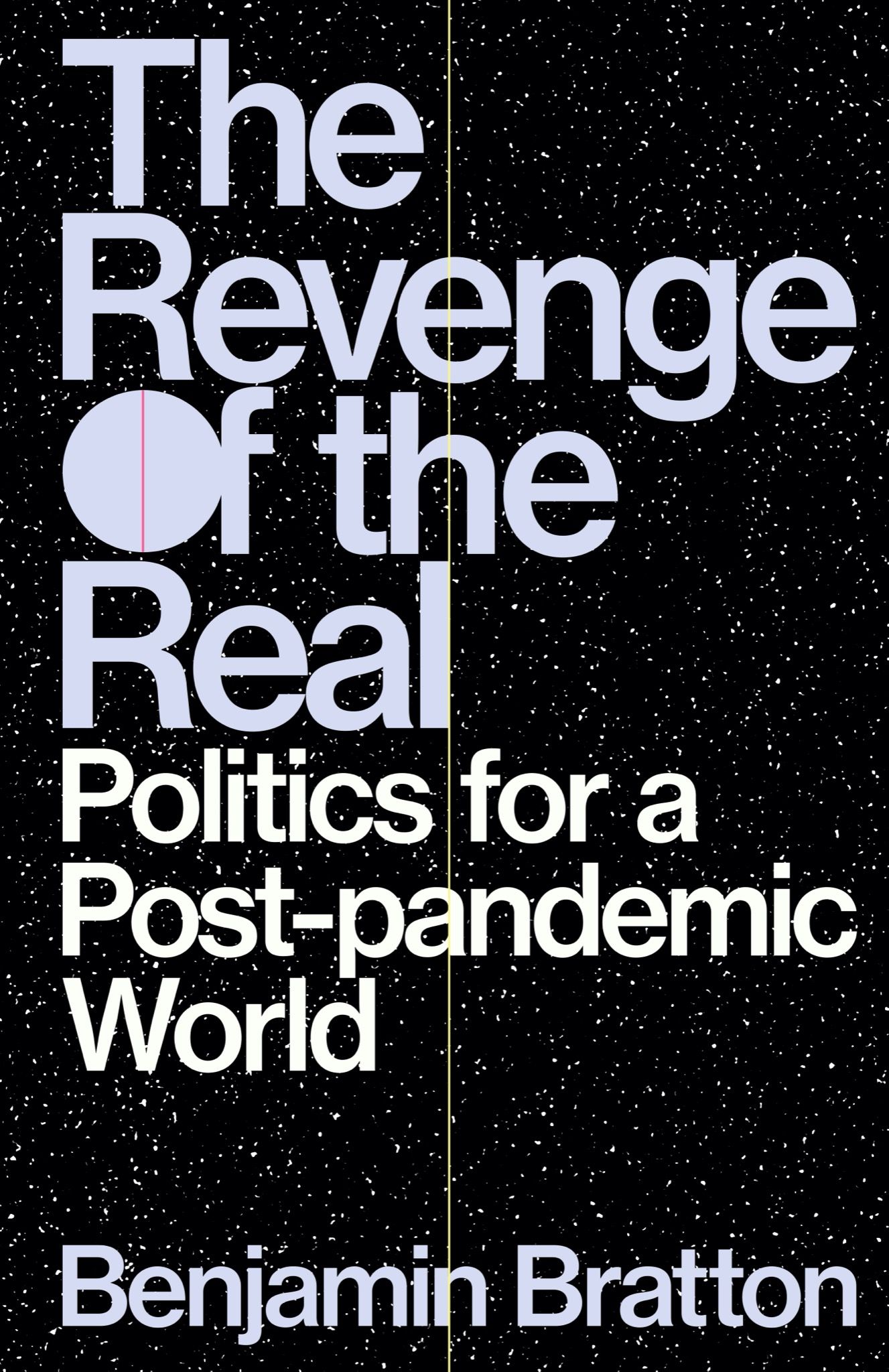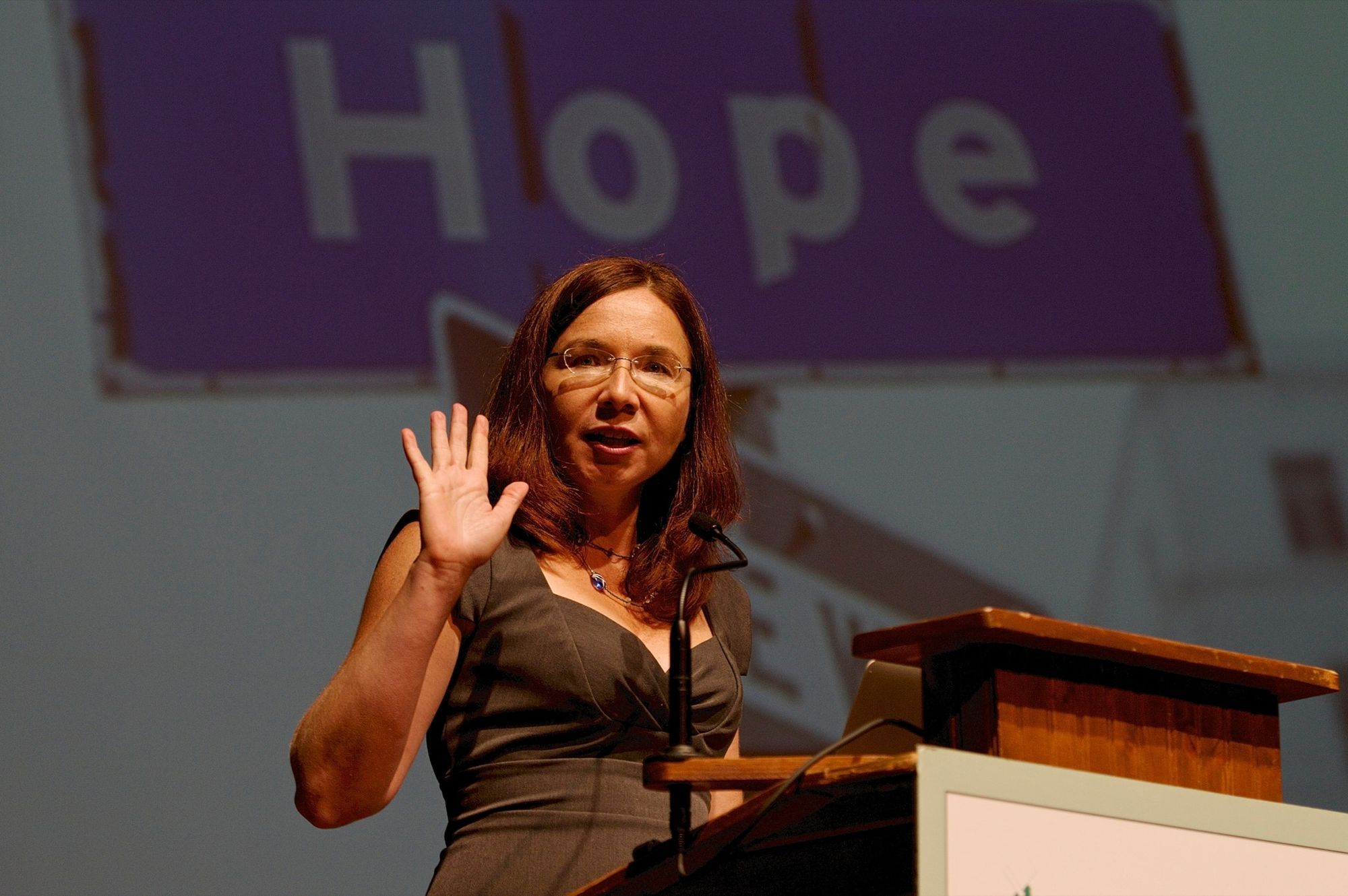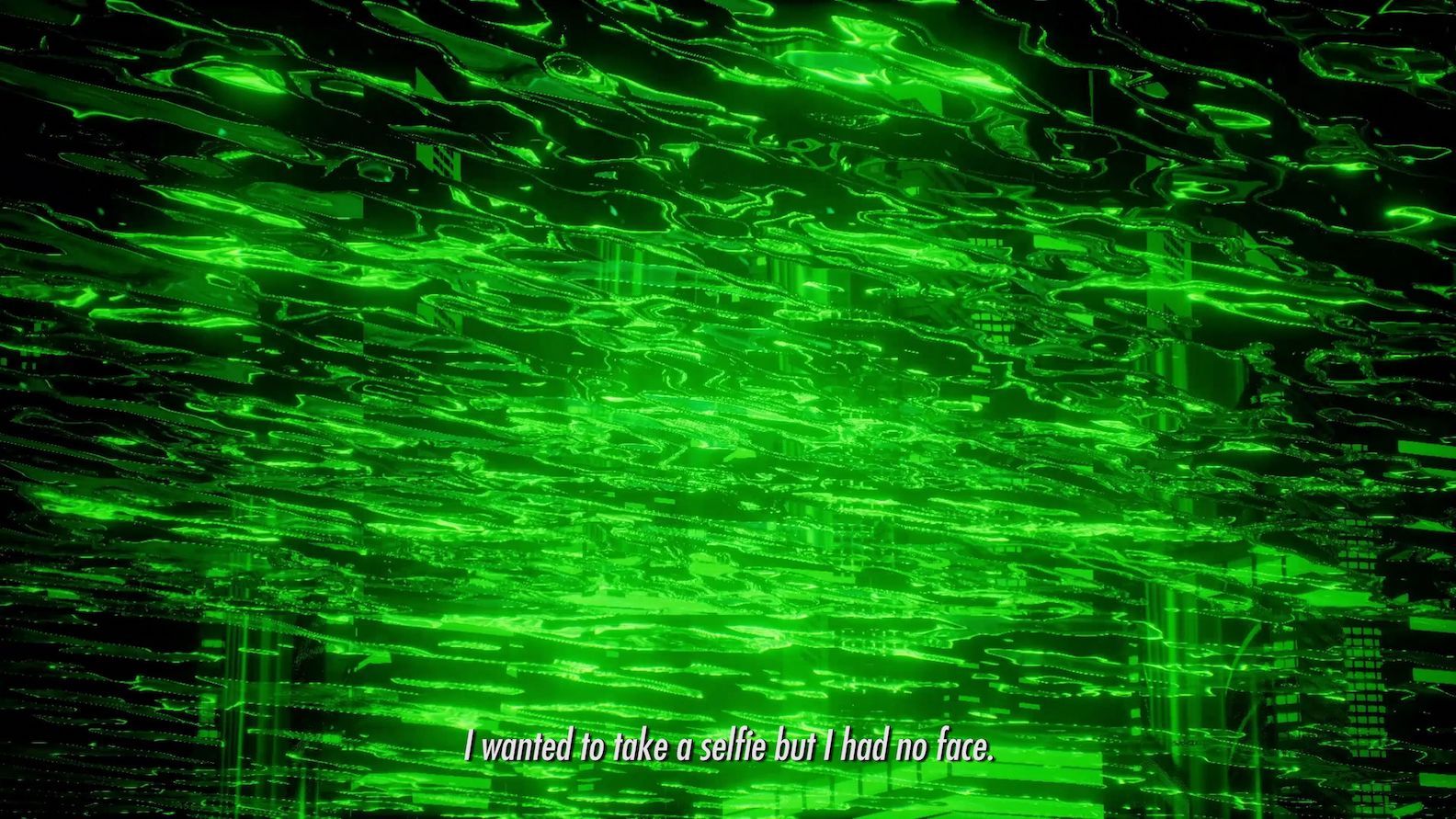BLACK HOLE CATALOG, Part 1: Welcome to the New Interior
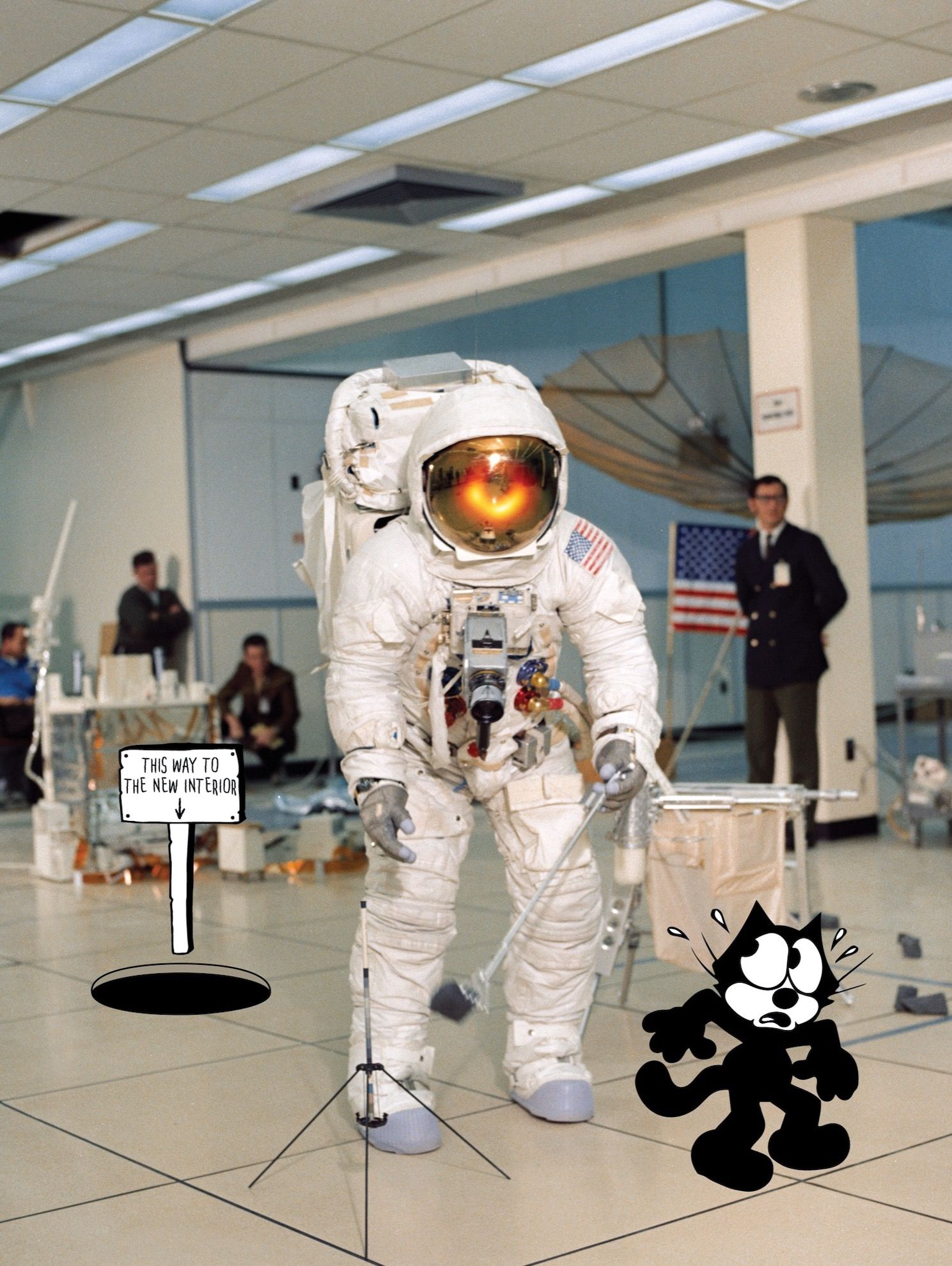

An estimated four million people, many of them children and students, participated in the September 2019 climate strikes. Unifying more than 150 countries worldwide against environmental destruction, the movement is unique in its unprecedented turnout, its young leadership, and its emotional vocabulary: one of fear. “Our house is on fire,” 16-year-old climate strike figurehead Greta Thunberg told the 2019 World Economic Forum in Davos. “I want you to panic.”
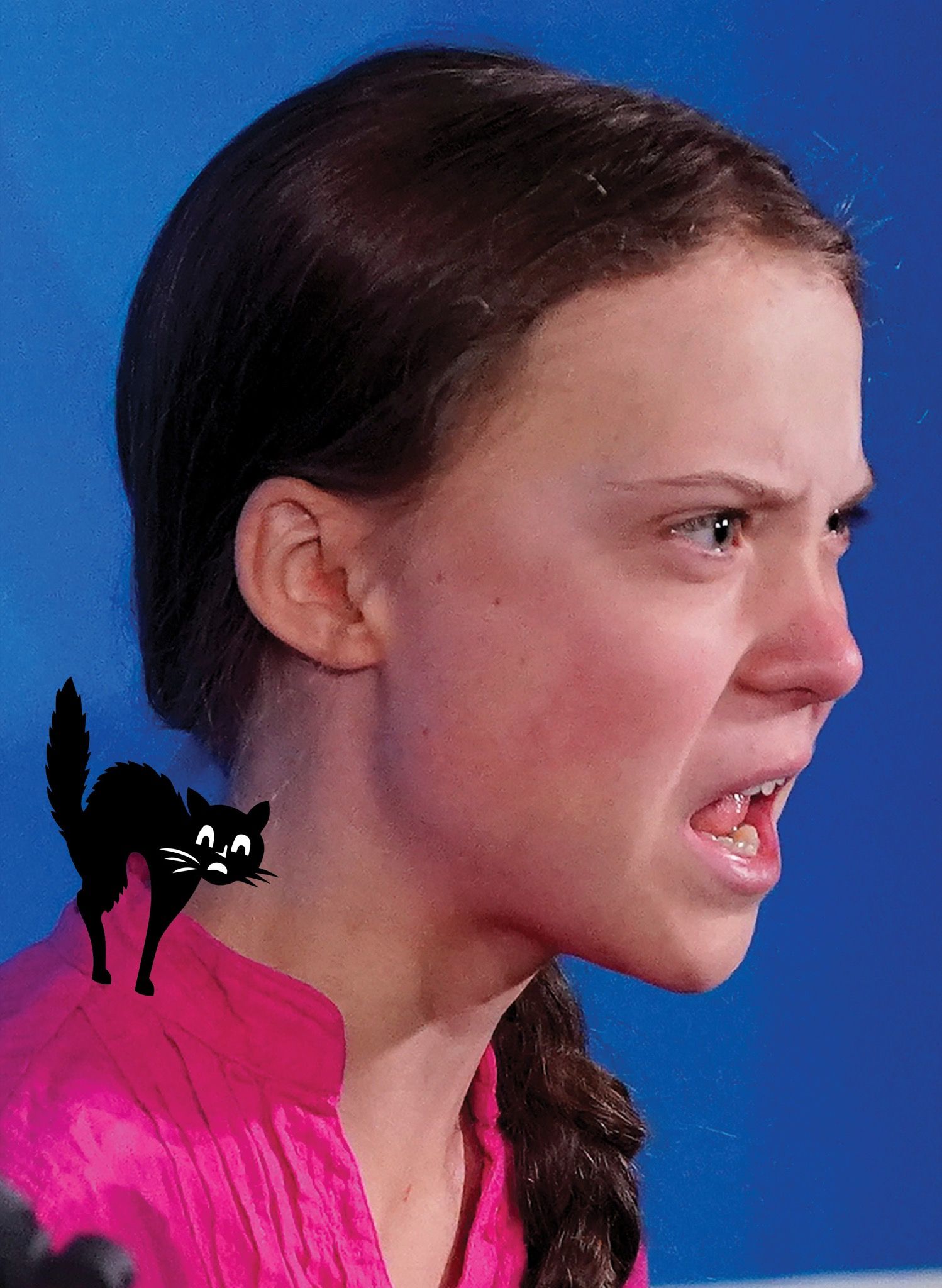
Anxiety defines the contemporary experience. Young people in particular are terrified, and the CBT, CBD, benzos, and mindfulness apps aren’t soothing anymore. We can scream “fire!” and call for help, but we can’t evacuate when the burning house is planet Earth – certainly not now, probably not ever. We’re stuck inside, even when we’re out striking. Everything you do has environmental consequences, and yet nothing you do seems to make a difference. You gave up meat, but apparently your chocolate habit is destroying the rainforest; you only wear natural fibers, but hear cotton consumes way more resources than synthetics do. Familiar infrastructure, design, and consumption do not provide solutions to new fears and discord, to our new inner selves and scorched surroundings. Traditional images don’t adequately represent this world, the usual blueprints and drawings can’t outline it, and accepted aesthetic convention won’t enhance it.
We propose a new “how to,” a new catalogue of tools. We propose a manual for The New Interior: the planetary environment that we inhabit today.
